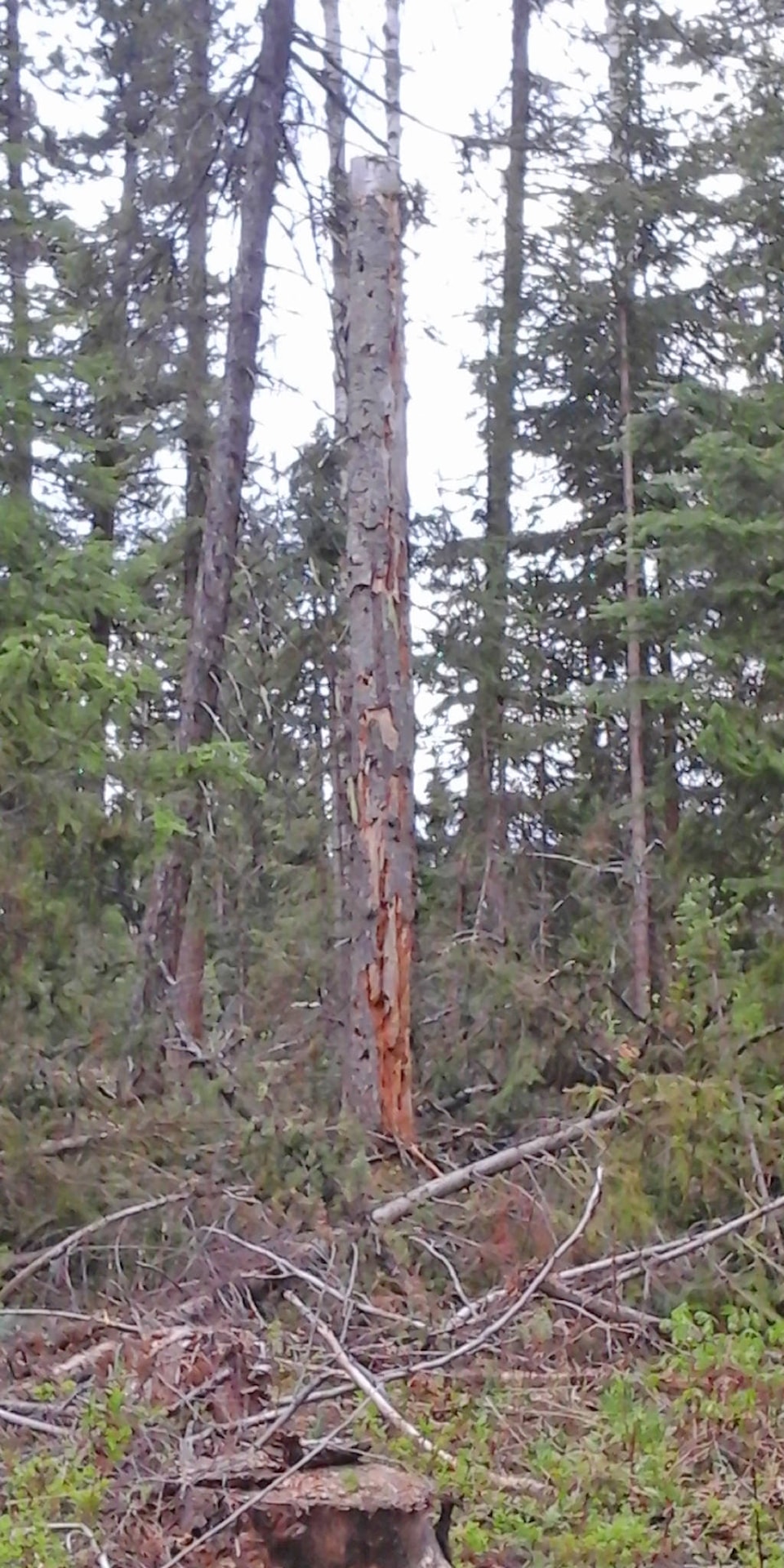Mauro Calabrese
Special to the Tribune/Advisor
Of the many species of animals out there that are managed for by professional foresters and biologists, the mobility of birds and their uses of habitats that cross numerous national and international boundaries makes managing for them quite challenging. Most species of birds are protected under the Migratory Birds Convention Act, a federal statute originally passed in 1917 to protect and conserve both populations and individual migratory birds and their nests.
This act came about after the U.S. and Canada signed the migratory Birds Convention in 1916. Some birds are not listed in this act, but all active bird nests are afforded protection in B.C. under the Wildlife Act and some birds are further protected under the federal Species at Risk Act.
Until recently, it was generally accepted for forest activities in B.C. that birds were taken care of through the management of numerous other values in the province. Everything from Provincial Parks and Protected areas, managing habitat for other wildlife, riparian areas, visuals, Old Growth Management Areas to stand and landscape level biodiversity requirements.
Even though the Migratory Birds Convention Act has been around for over 100 years, it has only been in the last five years that a closer look at its requirements has been taken by the Forest Industry. In 2015 forestry companies, including West Fraser, operating in the BC interior came together to look at what more could be done to protect bird habitat and avoid disturbance to them during the important nesting season which for the Williams Lake area is considered between April 18 and Aug. 9.
READ MORE: Research shows common pesticides starve, disorient birds
A tool kit, with considerable input from West Fraser Professional Biologist Laura Trout, was developed to help forest managers incorporate information about migratory birds, their nesting habitats and migration into forest harvest planning and operations. It is based on ecological principles, expert opinion, best available information and has been reviewed by numerous biology and forest professionals.
The toolkit uses a risk ranking matrix based of forest attributes to generate a GIS layer and geodatabase to overlay planned harvest areas so mapping can be done. Beneficial Management Practices are then used to guide forestry activities depending on the risk ranking.
What does all of this mean in practice? Armed with the results of the risk ranking system, field crews key in on highly ranked areas for habitat protection and disturbance avoidance of nesting birds. All of West Fraser’s forestry consultants and staff members receive training on how to identify nests and forest features that provide for good bird and nesting habitats. Things such as deciduous trees, snags, trees with signs of decay and cavities, immature patches, veteran trees, etc., are all biological anchors which are used to create Wildlife Tree Patches that contain or are likely to contain bird nesting habitat. This is done for all areas that are planned for harvest.
Approximately nine per cent of all cutblocks will have wildlife tree patches reserved from harvest. All nests that are outside of wildlife tree patches are also protected. The focus is on enduring nests such as stick nests and cavity nests (mostly created by woodpeckers but used by other species as well) as these types of nests are typically used year after year. In addition, field crews go out if the block is scheduled for harvest during the nesting season to look for any nest that may be active with nesting birds. If there is an active nest found, a no work buffer will be applied to part, or all of the block, so it is harvested outside of the nesting season.
READ MORE: The Great Backyard Bird Count
In case that something is missed by the field crews, all logging crews are trained to recognize nests and birds that display nesting behavior and are instructed to stop work if an active nest is encountered. All of this effort is resulting in an increase in the number of trees and habitat with nests being identified and reserved from harvest, and the avoidance of disturbance by forest harvesting to numerous nesting birds.
These procedures have been fully implemented by West Fraser since the 2016 bird nesting season.
Mauro Calabrese is a RPF, RPBio with West Fraser.
Do you have a comment about this story? email:
editor@wltribune.com
Like us on Facebook and follow us on Twitter.
